
Yield potential in corn is influenced at several stages of growth and development.

Yield potential in corn is influenced at several stages of growth and development.
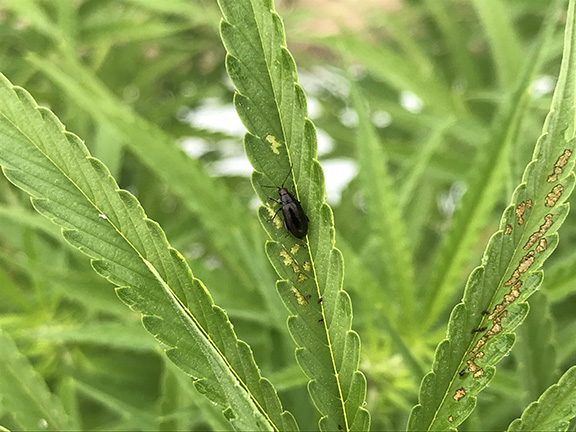
As the season progresses, hemp farmers in Indiana are learning what it is like to grow hemp compared to their other crops.
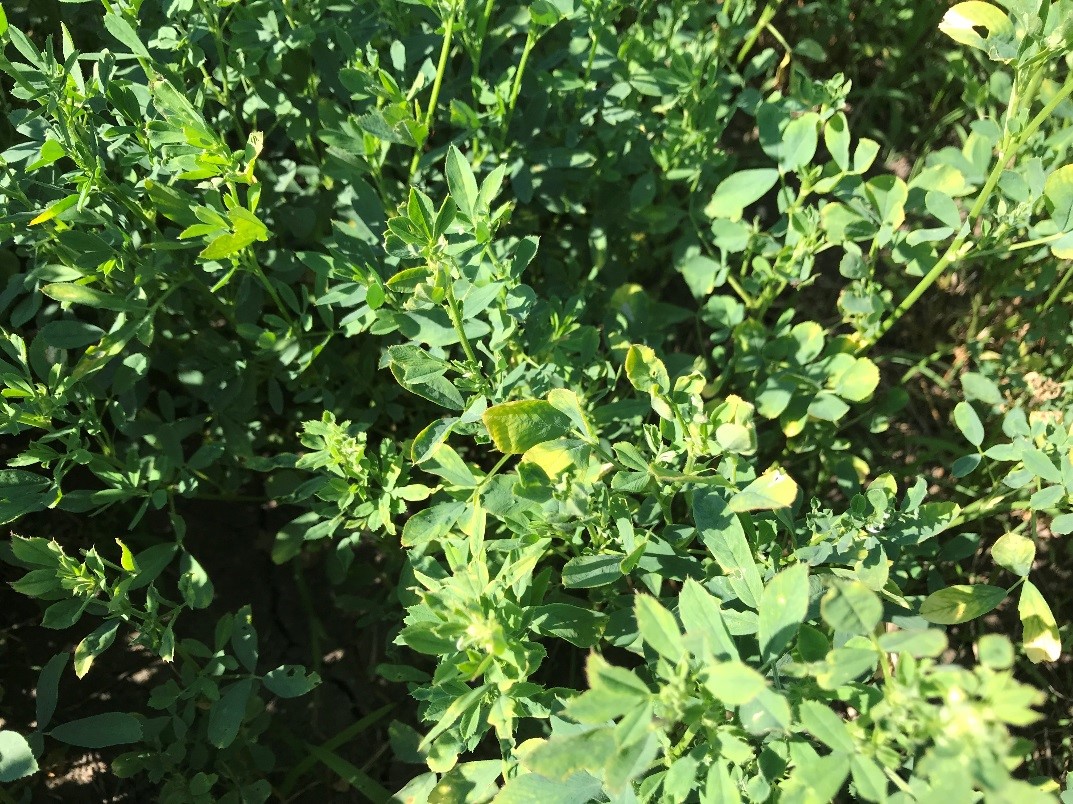
The beginning of damage to alfalfa leaflets (note yellowing) caused by the potato leafhopper was seen on second harvest.

As the growing season progresses, I am getting more questions about insects feeding on hemp.

At some point in time, precipitation falls short of crop needs and the crop starts to deplete the soil moisture reserve signaling the start of irrigation season.
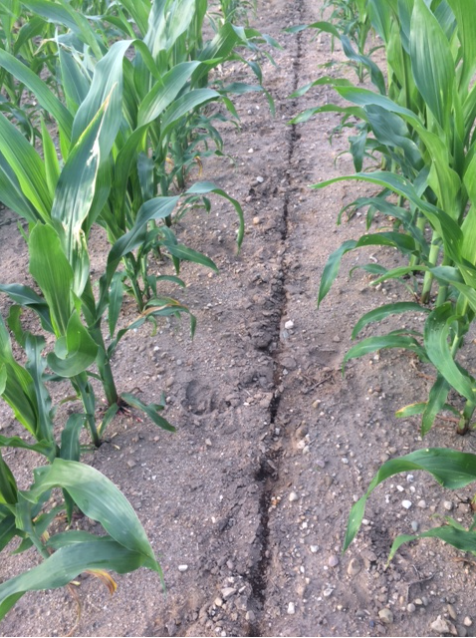
Irrigators have options for managing N application in wet conditions and late-planted crops.
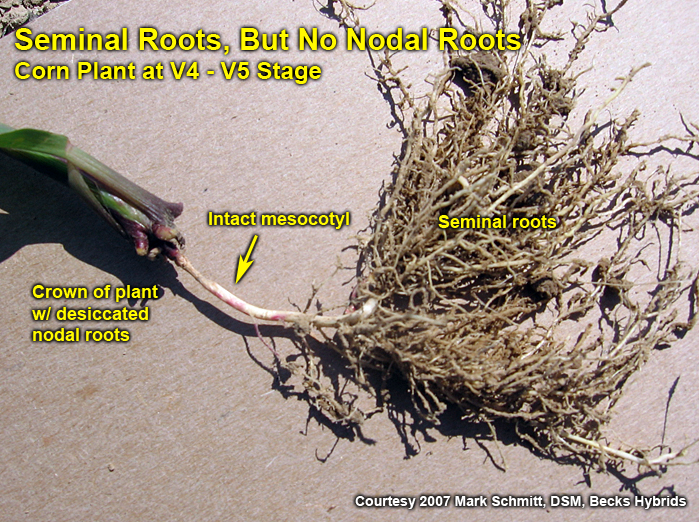
The combination of unusually young corn for this time of year (due to the unusually late planting season of 2019) and the recent spate of rain-free, sunny, hot days could result in the development of “rootless” and then “floppy” corn in some late planted fields.
It has been a difficult spring for farmers across the state, including those that are growing hemp for the first time.
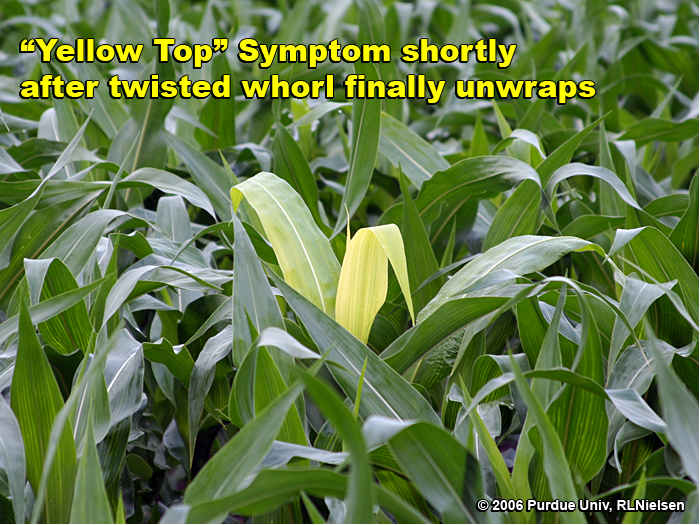
Twisted whorls sometimes develop in young corn plants early in the rapid growth phase. The cause is not well understood. The tightly twisted whorls eventually unwrap to reveal yellowish upper leaves that turn green after a few days of exposure to sunlight. Effects on yield are essentially nil. The curious phenomenon often referred to as the “twisted whorl syndrome” is beginning to show up in some fields in recent days. This “problem” often occurs when young corn shifts quickly from weeks of slow development (cool, cloudy weather) to rapid development (warm, sunny weather). Earlier planted corn has certainly experienced such a change in weather conditions in recent weeks. The occurrence of the twisted whorl syndrome is not uncommon, but rarely affects a large number of fields in any given year or a large percentage of plants within a field. The typical growth stage when growers notice the twisted whorls is[Read More…]
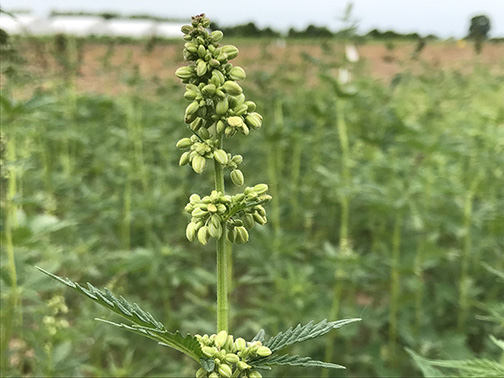
Both fiber, grain, and CBD hemp farmers are continuing to struggle with the wet weather and some fields remain unplanted.
© 2024 Purdue University | An equal access/equal opportunity university | Copyright Complaints | Maintained by Pest&Crop newsletter
If you have trouble accessing this page because of a disability, please contact Pest&Crop newsletter at luck@purdue.edu.